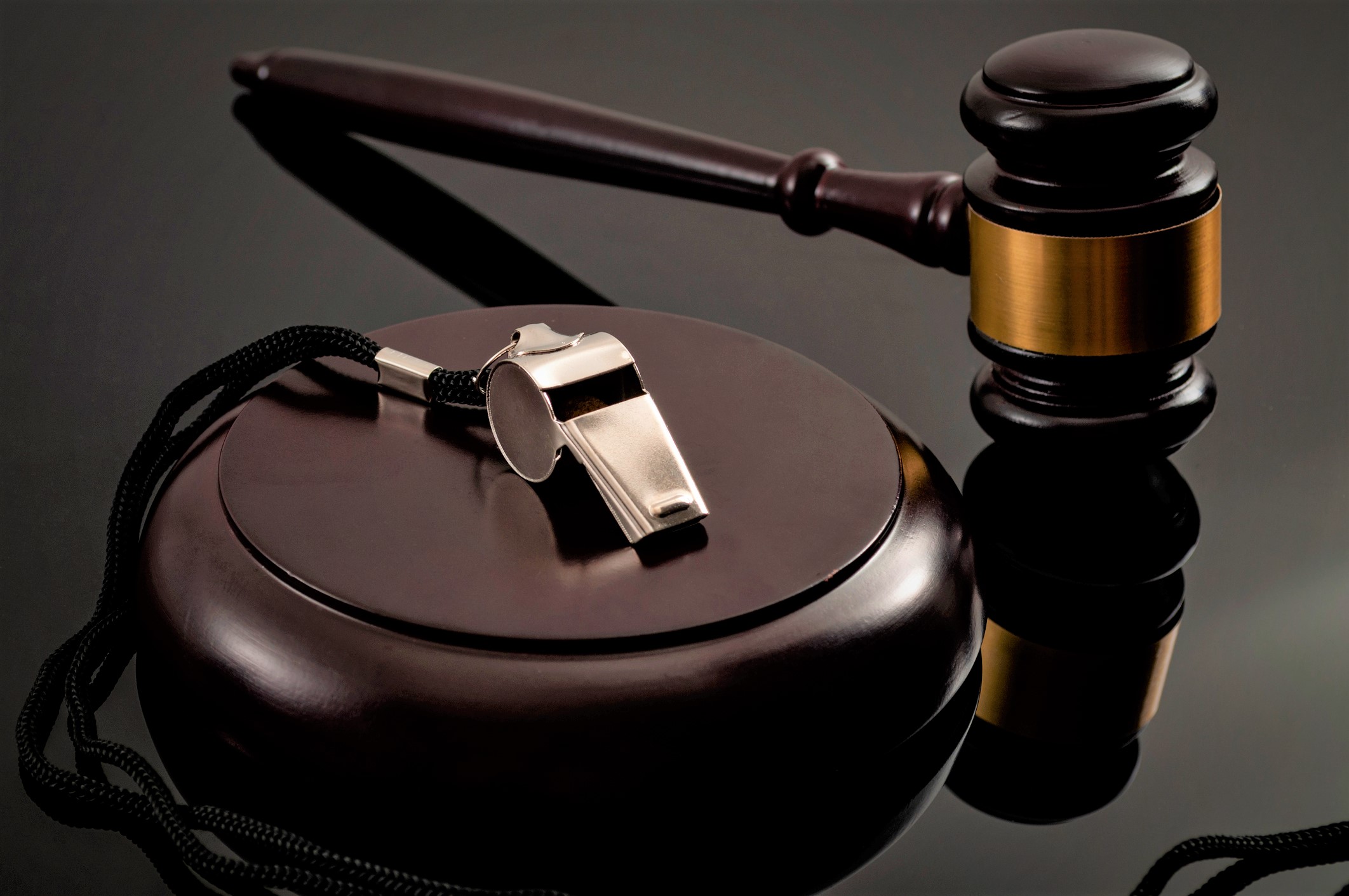Everyone’s A (Potential) Whistleblower!

By: Lewis Brisbois' Labor & Employment Team
Most employers are familiar with the anti-retaliation provisions of their state’s anti-discrimination statutes and Title VII under federal law. These laws create robust rights of action for current and former employees who allege they were retaliated against for complaining of discrimination or harassment in the workplace. They also carry with them the threat of hefty damages verdicts for employees, and awards of attorneys’ fees that sometimes dwarf the sum of the damages themselves.
Fortunately for employer-defendants, the scope of the anti-retaliation protections under these statutes is limited by the scope of the statutes’ coverage themselves, in that they apply specifically to retaliation claims arising out of complaints about discriminatory or harassing behavior. However, plaintiffs’ employment litigators have discovered that in many states, there is a way to avoid those limitations and to expand whistleblower retaliation litigation to include a larger universe of potential plaintiffs. Some states, such as Texas, limit the reach of these broad-scope retaliation statutes to public employees, while others, such as California and New York, include private employees as well.
In California, the vehicle for these suits is California Labor Code Sec. 1102.5. That section prohibits an employer from retaliating against an employee for disclosing to a government or law enforcement agency a violation of a state or federal statute or regulation. The section reflects California public policy of encouraging workplace whistleblowers to report unlawful acts without fear of retaliation. This section provides protection to whistleblowers who complain to a government or law enforcement agency about almost any subject that the employee reasonably believes to be a violation of a statute or regulation, whether or not it relates to harassment or discrimination. If the plaintiff proves that the employer retaliated against them because of their complaint, liability can be established and substantial damages and attorneys’ fees may be awarded.
A relatively recent example of this type of suit is Hawkins v City of Los Angeles, 40 Cal.App.5th 384 (2019). In that case, two part-time City employees were serving as hearing examiners overseeing parking ticket appeals. They complained that their supervisor had pressured them to change findings from invalidating tickets to upholding them. After termination, they claimed their firings were in retaliation for their complaints that they had been illegally pressured to find invalid tickets valid. The jury awarded the two part time workers $238,531 and Kim $188,631 in damages, respectively, and $1,054,286.88 in attorneys’ fees.
The elements of a California Labor Code § 1102.5 claim that an employee must demonstrate are as follows:
- The defendant employed the plaintiff;
- The defendant believed that the plaintiff had disclosed information of unlawful acts or the plaintiff refused to participate in an unlawful activity;
- The plaintiff had reasonable cause to believe that the information disclosed a violation of a state or federal statute;
- The defendant took adverse employment action against the plaintiff;
- The plaintiff’s disclosure of information or refusal to participate in the unlawful conduct was a contributing factor in the defendant’s decision to take adverse employment action; and
- The plaintiff was harmed.
See CACI Jury Instruction 4603.
Notably, the employee does not have to be correct that the employer was violating a statute or regulation; they simply need prove that they reasonably believed they were disclosing such a violation. However, the alleged violated statute must relate to an existing, fundamental constitutional or statutory provision that affects society at large, or a regulation carrying out statutory policy. See Green v. Ralee Engineering Co., 19 Cal.4th 66 (1998). Thus, the employee must establish that the statute in question was designed to protect the public or advance some substantial public policy goal. See Green v. Ralee Engineering Co., 19 Cal.4th 66 (1998). The public policy requirement prevents section 1102.5 from being bootstrapped into a means to transform every workplace grievance into a fee-generating lawsuit.
Another hurdle for the plaintiff racing for the goal line and a hefty jury verdict is the requirement that they prove they have suffered an adverse employment action, not just any action they deem unpleasant in the workplace. The employee must demonstrate that he or she has been subjected to an adverse employment action that materially affects the terms, conditions, or privileges of employment, rather than simply that the employee has been subjected to an adverse action or treatment that reasonably would deter an employee from engaging in the protected activity. A change that is merely contrary to the employee's interests or their liking is insufficient. The plaintiff must show the employer’s retaliatory actions had a detrimental and substantial effect on the plaintiff’s employment. See St. Myers v. Dignity Health, 44 Cal. App. 5th 301, 318 (2019).
Furthermore, where an employer has a well-developed internal grievance and dispute resolution policy, the plaintiff may be required to exhaust all of the policy’s steps before heading to court. If they do not do so, their claims are subject to dismissal. See Terris v. County of Santa Barbara, 20 Cal. App. 5th 551, 555 (2018). Despite all of these requirements, such lawsuits are growing in number, and not infrequently result in sizeable settlements and verdicts, some upwards of $5 million, exclusive of attorneys’ fees.
Many of these whistleblower retaliation cases involve suits against municipalities, law enforcement agencies, or other public employers, because the statute allows an internal complaint by a public employee to their employer to serve as the “government or law enforcement agency” to whom the complaint was made. But, of course, the statute is not restricted to public employees, and private employer could be the target of such a suit in connection with such subjects as workplace safety, the safety of products sold or distributed by the employer, and potentially, in the current emergency, in connection with COVID-19 responses by the employer.
To avoid such results, employers should consider taking the following steps.
- Recognize when an employee is asserting a potential allegation of unlawful conduct, properly evaluate the allegation, and assess its validity;
- Ensure that your workplace has a robust no-retaliation policy;
- Use caution when taking an action toward a complaining employee that materially affects their employment after learning of their allegations; while the action may well still be warranted, it is important to be able to clearly demonstrate that there was no retaliatory motive at work; and
- Consul with experienced employment counsel for advice when dealing with a complex issue.
For more information on this topic, contact the author of this alert or visit our Labor & Employment Practice page to find an attorney in your area.
